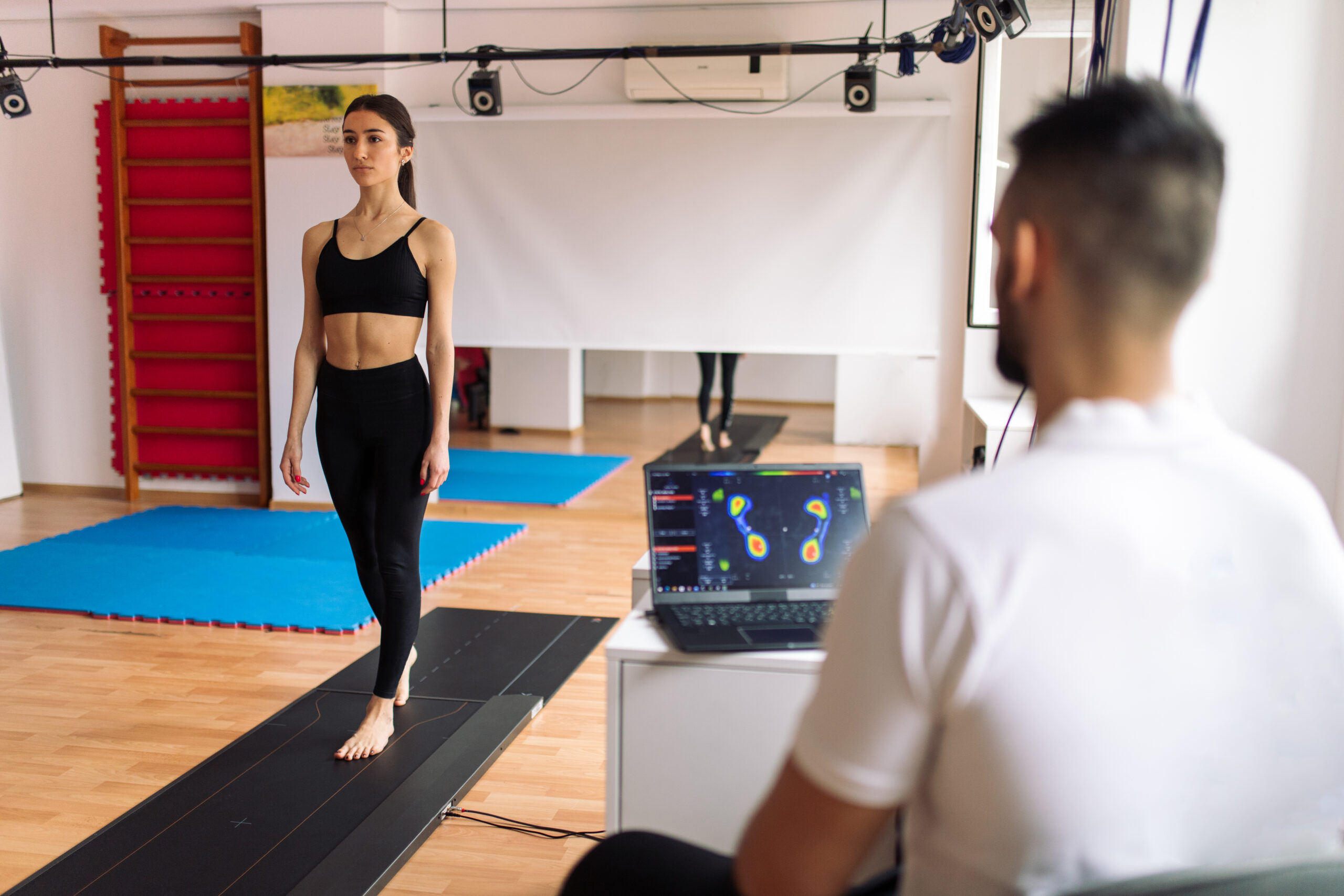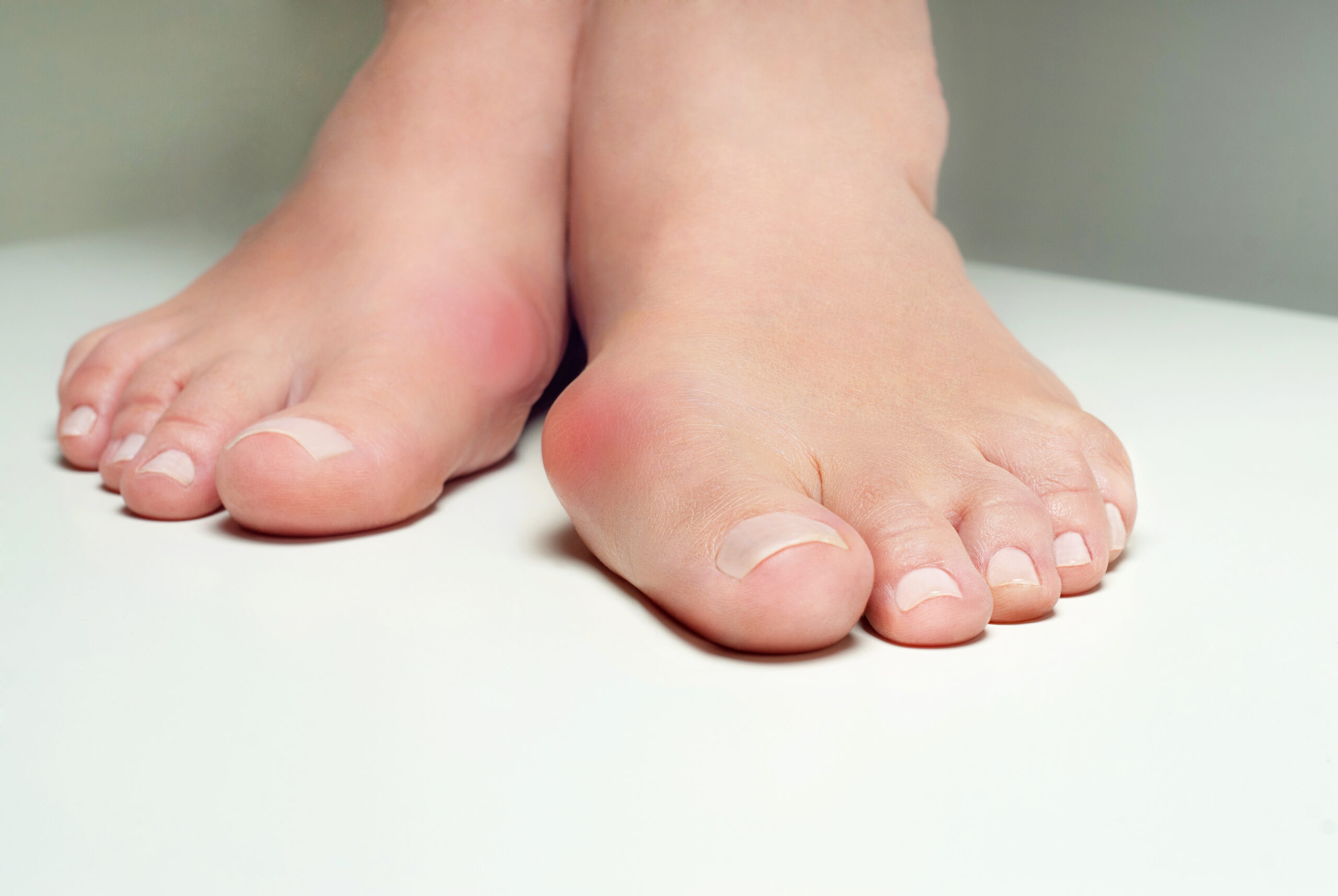The foot is an incredibly complex part of the body consisting of 26 bones, 33 joints and over 100 ligaments. On average most people walk 8,000 to 10,000 steps per day, usually on flat and unforgivingly hard floors. The foot has a difficult job, it needs to be an exceptional shock absorber for the body at heel contact with the ground, but also transform into an effective rigid lever to propel the body forward with each and every step. No wonder approximately 20% of the population have foot pain at any given time! Also, we often forget that the foot is affected, just like any other part of the body, by systemic conditions such as diabetes, cardiac problems, arthritis, and infection.
At Footwell Podiatry, our experienced podiatrists have seen and treated ALL types of foot problems in the past, there’s nothing we cannot manage. The types of things we see daily range from simple skin and nail pathologies (corns, callus, thickened/ingrown nails, warts, tinea, psoriasis), to complex bio-mechanical and neuromuscular problems requiring custom orthotics, above the ankle bracing, and custom footwear.
At Footwell Podiatry, our experienced podiatrists are here to help. Don’t put up with foot pain, make an appointment today.

Plantar fasciitis
One of the most common conditions we see in the clinic each day is Plantar Fasciitis, commonly known as ‘heel spur’ syndrome. If you experience pain under the heel first step out of bed in the morning (or after sitting) that feels better when you’re warm but gets worse at the end of the day, you’re likely to have Plantar Fasciitis.
The condition is common and affects most people from their 40’s onwards (younger in athletes) and usually presents without any identifiable cause or trigger. Most of the people we see with this condition are not athletes and not necessarily on their feet all day. The pain feels like a stone bruise and generally does not get any better with a change of footwear – ie. rarely does cushioning do anything to help ease symptoms.
The Plantar Fascia is a long tendon-like cord that runs through the arch and attaches to the underside of the heel bone. When the fascia is under prolonged tension, such as in people with flexible ‘pronated’ flat feet, the fibres of the facia become inflamed, thickened and painful. In some cases the facia can become calcified hence the term ‘heel spurs’. Note though that heel spurs are very common in the absence of pain, so it is thought that the spur itself is not the painful part.
Common management of chronic Plantar Fasciitis will include strength and stretching exercises, together with orthotics which act as a brace to reduce tension of the facia at the attachment point under the heel.
Your Footwell podiatrists are here to help – we have a team of 7 podiatrists, all with different areas of interest and expertise. We also work closely with other allied health professionals as well as local GPs and Medical Specialists. Your feet are in good hands!
Sesamoiditis - ball of foot pain
The sesamoid bones are two spherical shaped bones that sit under the head of the 1st metatarsal bone (long bone). This is often called ‘the ball of the foot’. Sesamoiditis, is inflammation of these spherical bones and the soft tissues that surround them.
We see this condition predominantly in active and working-age people. Overwhelmingly, people with a cavoid (high arch) foot type, who spend long periods of the day standing and/or who run or exercise, are more likely to develop this condition. Also, as we age the fat pad under the ball of the foot will tend to thin resulting in more pressure and less cushioning under the sesamoid bones.
People describe the pain as a ‘stone bruise’ sensation under the ball of the foot. Most people who present with this condition have a biomechanical (structural and functional) foot problem which results in a larger than usual amount of ground pressure focussed up under the sesamoid bones. If you have a cavoid (very high arch) foot type then you have a much higher than normal chance of developing this condition. Left untreated, the little bones are prone to stress fracture and ongoing problems.
Following assessment, our podiatrists will prescribe a highly customised orthotic device. Our custom made orthotics are extremely effective in treating this condition.

Morton’s Neuroma
Morton’s Neuroma (Neuritis) is the irritation, inflammation and thickening of the inter-metatarsal nerve (runs in between the long bones of the forefoot extending to the toes). The 3rd inter-metatarsal nerve (between the 3rd and 4th toes) is the most commonly affected nerve. On an ultrasound or MRI, the nerve will often look thickened and larger than the unaffected one.
Some studies suggest that women aged 30+ are more likely to develop this problem due to high heeled, narrow and poor-fitting shoes with a tight or pointed toe box. These footwear types tend to compress the nerve between the metatarsals causing damage, inflammation and thickening of the nerve. The condition is also prevalent in athletes, runners, footballers and dancers where activity and footwear compresses the nerve.
People with a Morton’s Neuroma often feel a combination of nerve pain type symptoms ranging from mild tingling and numbness in the toes to severe shooting or searing pain between the toes and the area just behind the base of the toes. At first this pain is worse with tight fitting footwear and athletic activity and progresses to pain all the time even without tight fitting shoes.
Your podiatrist is best placed to assess and identify what footwear and/or biomechanical problems are causing nerve compression. The first step is identifying whether footwear changes will assist with pain reduction. In addition, our podiatrists will assess your foot type and provide a video gait (walking) assessment. Extremely hypermobile (very flexible) feet certainly play a large part in the development of Morton’s Neuroma. Identifying and stabilising this foot type with custom orthotics is an important initial first step. Your orthotics will include a large dome pad at the forefoot area of the device directly behind the knuckles of the metatarsal bones (long bones). This works nicely to splay the knuckles reducing the compression on the nerve. Some patients also require injections and surgery if conservative treatments fail.
Bunions
A bunion is a layman’s terms for the red bump on the side of the big toe joint. The bump is a combination of a bursa (fluid filled sack) which builds up and hardens in response to pressure, and an angular deformity of the big toe – Hallux Abducto Valgus (HAV). When HAV develops, the forefoot area becomes wider and footwear becomes tighter causing the bursa to become red and inflamed.
As a result of HAV, the joint itself becomes damaged and arthritic because of the alignment problem with the big toe. This in itself causes pain in and around the joint. As HAV progresses, the big toe generally pushes the 2nd toe up into a claw or hammer toe position creating further problems and pain in and underneath the 2nd toe and corresponding forefoot area. Patients often describe this feeling as a stone bruise type feeling under the forefoot.
HAV is often an inherited condition. Our podiatrists see generations of family with the same problem. Throw in inappropriate footwear like high-heeled, pointy toe shoes, and the condition, symptoms and deformity accelerate rapidly.
Footwear education is critical to reduce the general progression of the deformity and symptoms. Wide, accommodative footwear with a low heel are a must. Supporting the inside column of the foot with customised orthotics is important to preserve the movement and condition of the big toe joint. Off-setting pressure from under the 2nd toe joint (forefoot area) is also easily achieved with a well-designed orthotic addressing not just the HAV but the whole foot.
